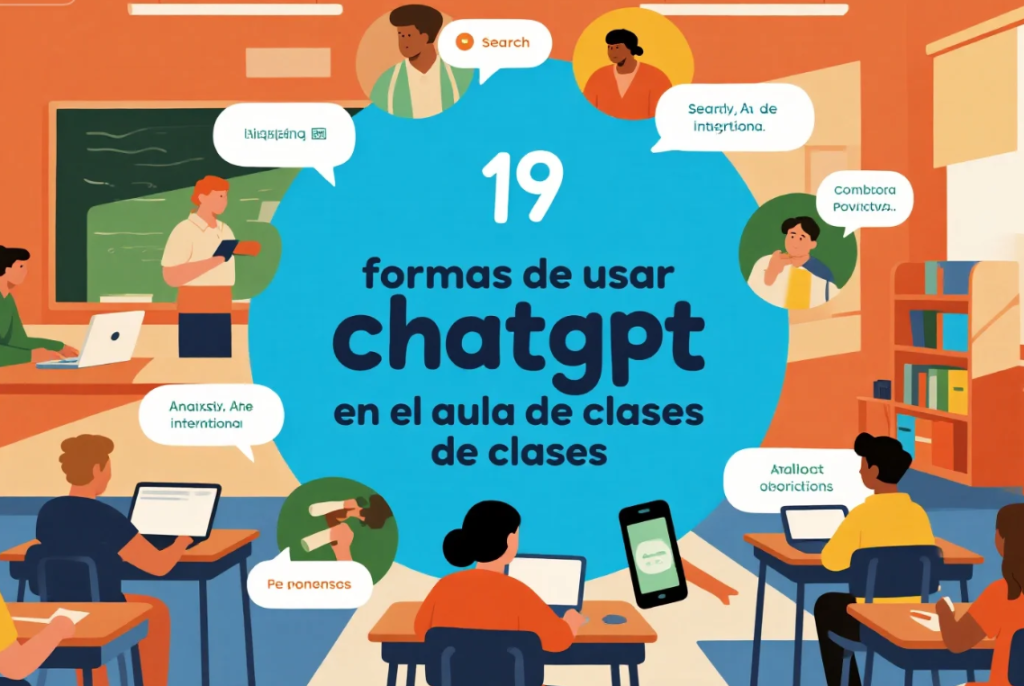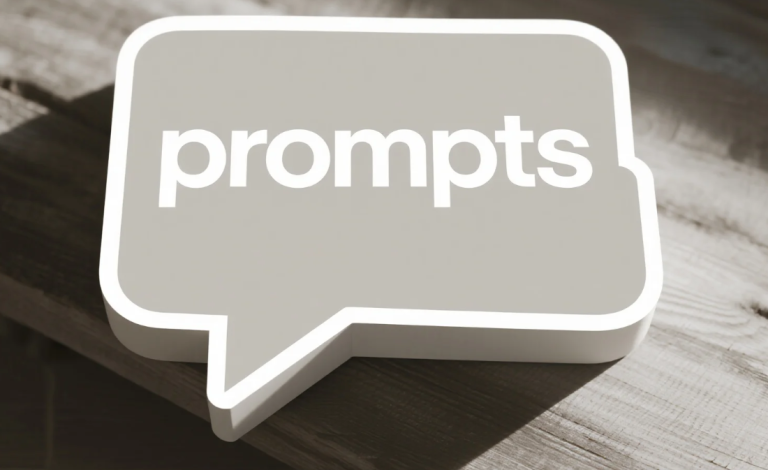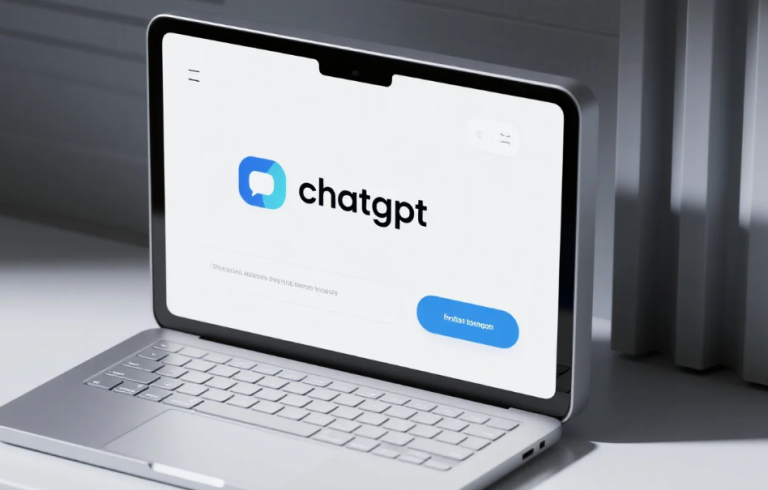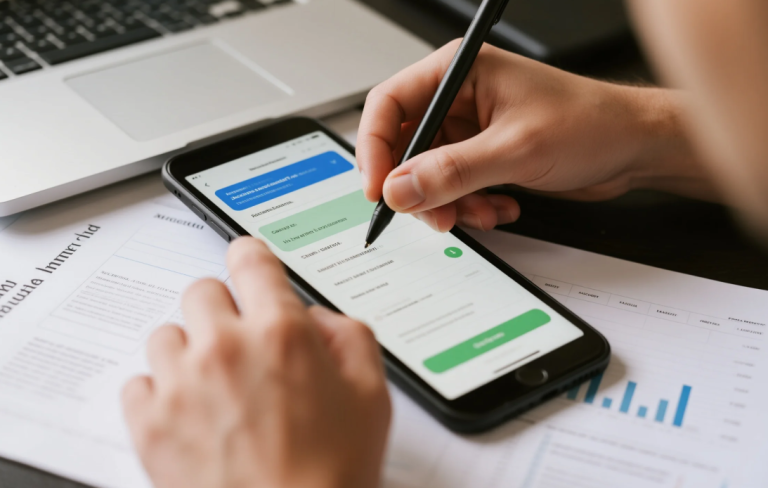Are you an educator looking to integrate cutting-edge technology into your lessons? Artificial intelligence, particularly ChatGPT, is reshaping the modern classroom. It is not about replacing teachers but empowering them. This article delivers exactly what you’re searching for: 19 formas de usar chatgpt en el aula de clases with clear, actionable examples. Let’s explore how this tool can save you time and spark creativity.

Why Even Consider AI in Education?
Many educators feel overwhelmed by new technologies. The concern is valid. However, ChatGPT serves as a versatile assistant, not a substitute for your expertise. It handles time-consuming tasks, allowing you to focus on what truly matters: inspiring students. Think of it as a teaching aide that works at the speed of light. Therefore, learning to leverage it is a strategic move for the future of education.
Supercharge Your Lesson Planning and Preparation
Lesson planning is a core part of our work, but it can be incredibly demanding. What if you could generate fresh ideas in seconds?
1. Generate Lesson Hook Ideas
Struggling to capture students’ attention right from the start? Ask ChatGPT for a list of engaging hooks for your specific topic. For example, you could prompt: “Generate 5 intriguing lesson hooks for a middle school science class learning about ecosystems.” You might get a “Mystery of the Disappearing Bees” scenario or a “Design Your Own Alien Ecosystem” challenge.
2. Create Reading Comprehension Questions
You’ve found a perfect article, but you need questions to check understanding. Simply paste the text into ChatGPT and ask it to create different levels of questions. Request a mix of factual, inferential, and critical thinking questions to cater to diverse learners.
3. Differentiate Instruction Materials
Every classroom has a variety of learning levels. ChatGPT can quickly adapt materials. Provide a complex passage and ask it to “*rewrite this at a 5th-grade reading level*” or “create a simplified version with key vocabulary definitions in the margins.” This is one of the most impactful formas de usar chatgpt en el aula de clases for inclusive education.
4. Draft Parent Communication
Save time on routine emails. ChatGPT can help you draft clear, polite, and professional messages to parents about upcoming events, classroom policies, or general updates, which you can then personalize.
5. Generate Project Rubrics
Quickly create a draft rubric for any assignment. Specify the learning objectives and criteria (e.g., creativity, accuracy, collaboration), and ChatGPT will structure it for you, ensuring transparent assessment.
Revolutionize In-Class Activities and Engagement
Let’s move from preparation to action. How can ChatGPT actively participate in your lessons?
6. Power a Socratic Seminar
Use ChatGPT to generate a list of deep, open-ended questions for a Socratic seminar on any novel or historical event. This ensures a rich and thought-provoking discussion, pushing students beyond surface-level understanding.
7. Role-Play Historical Figures or Literary Characters
Imagine your students interviewing Julius Caesar or debating with Hamlet. You can set up a prompt where ChatGPT embodies a specific character, and students ask it questions. This makes history and literature tangible and incredibly fun.
8. Facilitate a Debate
Input a controversial topic relevant to your curriculum (e.g., “Should AI be used in creative arts?”) and ask ChatGPT to generate arguments for both the pro and con sides. This gives teams a solid foundation to build their own rebuttals and research.
9. Co-Create Stories and Poems
Boost collective creativity by having the class co-write a story with AI. A student suggests a sentence, you input it into ChatGPT, ask for a continuation, and then another student adds their part. The result is a unique, collaborative piece of writing.
10. Simulate Scientific Interviews
Have students “interview” a scientist like Marie Curie or a environmental biologist about their work. This encourages research and helps students articulate complex concepts in a conversational format.
Exploring 19 formas de usar chatgpt en el aula de clases truly shines in interactive settings like these. It fosters a dynamic learning environment where students are active participants. the AI doesn’t make the class impersonal; it often leads to more human-to-human interaction and collaboration.
Develop Essential Critical Thinking Skills
A common worry is that AI will make students lazy. The opposite can be true if used strategically.
11. Practice the Art of Prompting
Teaching students how to craft effective prompts is a crucial digital age skill. It requires clarity, precision, and iterative thinking—a core component of computational thinking. A poorly written prompt yields poor results, which is a lesson in itself.
12. Analyze AI-Generated Bias
Use ChatGPT as a subject of analysis. Ask it to write about a complex historical event and then have students critique the output. Where are the gaps? What perspectives might be missing? This teaches healthy skepticism and media literacy.
13. Compare and Contrast with Human-Written Text
Provide a poem written by a human and one generated by ChatGPT on the same theme. Lead a discussion on the differences in style, emotion, and depth. This sharpens analytical skills and appreciation for human creativity.
14. “Translate” Legalese or Complex Texts
Paste a complex excerpt, like a terms of service agreement or a dense historical document, and ask ChatGPT to simplify it. Then, discuss what might be lost or changed in the simplification.
15. Generate “What’s Wrong Here?” Exercises
Ask ChatGPT to write a paragraph or solve a math problem but include a few deliberate errors. Students must play detective to find and correct the mistakes, reinforcing their knowledge.
Empower Student Support and Assessment
Finally, let’s look at support and evaluation, areas where teachers spend countless hours.
16. Provide Writing Feedback (With a Caveat)
Students can paste their draft into ChatGPT and ask for constructive feedback on grammar, structure, and clarity. this should be a starting point. They must learn to critically evaluate the AI’s suggestions, not just accept them blindly.
17. Generate Math Word Problems
Need an endless supply of practice problems tailored to your current unit? Ask ChatGPT to “*create 10 word problems for 4th-grade students practicing long division*.” You can even specify contexts like sports or baking to increase engagement.
18. Create Quiz and Test Questions
From multiple-choice to short-answer questions, ChatGPT can quickly assemble a draft for a review quiz. This saves you time, which you can then reinvest in one-on-one student support. This practical application is a key reason educators seek out 19 formas de usar chathpt en el aula de clases.
19. Design Project-Based Learning Scaffolds
For complex projects, students can use ChatGPT to outline their steps, brainstorm research questions, and identify potential resources. It acts as a project manager, helping them stay organized and focused.
Conclusion: Your AI Teaching Assistant Awaits
The potential of 19 formas de usar chatgpt en el aula de clases is vast. From planning to execution, and from engagement to assessment, this tool offers a multitude of applications. The key is to start small. Pick one or two ideas from this list and experiment. many teachers find that once they start, they naturally discover their own innovative formas de usar chatgpt. Embrace AI not as a threat, but as a partner in fostering a more dynamic, efficient, and creative classroom for all.



